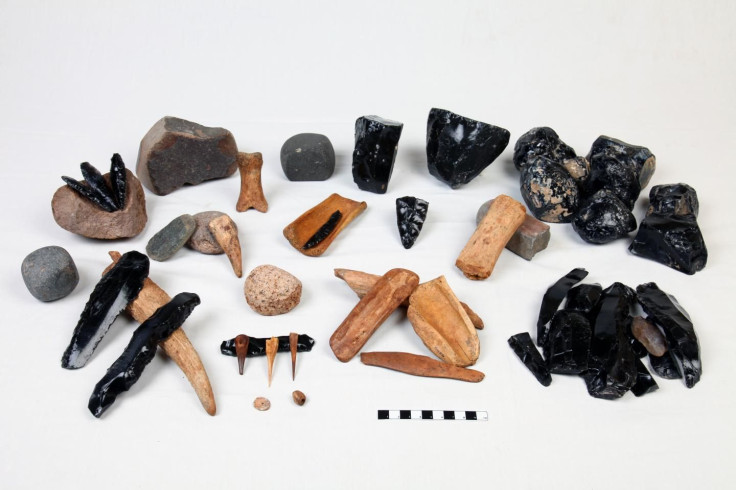Hunter-Gatherers Spent Much Of Stone Age Experimenting With Farming In Turkey Before Migrating To Europe
Pre-historic fertile lands of what is now Turkey were used by hunter-gatherers in the late Stone Age to experiment with the basics of farming, before taking that knowledge to Europe, a new study, published in the journal Current Biology last week, said.
Researchers at Stockholm University and Uppsala University in Sweden and Middle East Technical University in Turkey said in the study that at least two waves of early European settlers shared genetic similarities with farmers in Central Turkey. As part of the research, scientists compared genetic information from Europeans living during the Neolithic period, or the late Stone Age, 10,000-4,000 years ago with that from nine individuals excavated from two ancient settlements in Anatolia, an area between the Black and the Mediterranean Seas.
The earliest of the gene sequences were taken from four people of the Boncuklu community, who lived between 10,300 and 9,500 years ago. The other five samples, dating back 9,500 to 7,800 years ago, came from Tepecik-Çiftlik villagers, who used more sophisticated farming techniques, researchers said.

“In Boncuklu, we find diversity levels more similar to contemporaneous hunter-gatherers, which could be expected because they themselves were foragers a couple of centuries back in time,” Mehmet Somel, an evolutionary biologist at Middle East Technical University and a co-author of the study, said in a statement. “In fact, they were proto-farmers. Boncuklu people did not have domestic animals, and gathering was also important for the village.”
Researchers also said that gathering and especially hunting remained an important practice even 1,000 years later in villages like Tepecik-Çiftlik and Catlhoyuk, suggesting that the Neolithic way of life took a long time to be fully established.
“What happened here was most likely an increase in population size, with increasing fecundity, and higher levels of mobility and gene flow so that, over time, Neolithic Near Eastern villages became more cosmopolitan, and this eventually triggered expansion into Europe,” Anders Gotherstrom, an archeologist at Stockholm University, said in the statement.
© Copyright IBTimes 2025. All rights reserved.






















